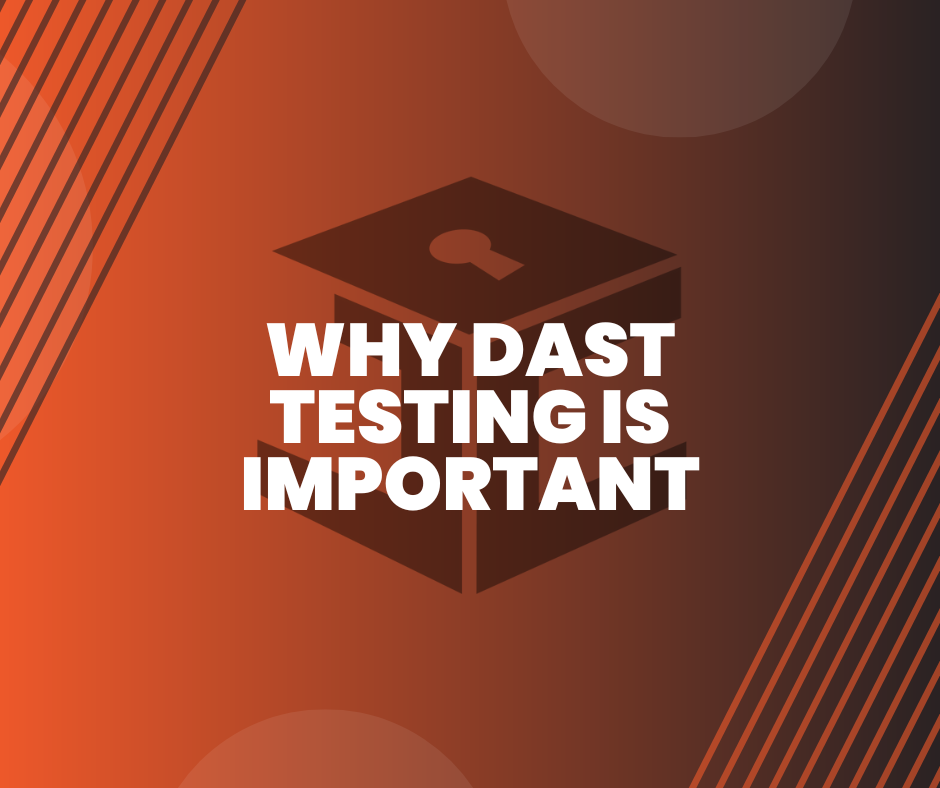ISO 27001 Certification Guide
What is ISO 27001?
IS0 27001 is the international standard that provides the specification for an Information Security Management System, also known as an ISMS.
Learn More...
What is an ISMS?
An ISMS is a systematic approach consisting of people, processes, and technology that supports your business by protecting and managing all your information through a risk management process.
ISO 27001 Certifacation
As certification with ISO 27001 is not mandatory - not all organisations may choose to achieve it. However, there are many benefits to becoming certified. Read more...
If not managed correctly, becoming certified and creating an optimal ISMS can be difficult. Company-wide decisions regarding the following have to be carefully thought out and managed:
How much does certification cost?
The cost for obtaining ISO 27001 certifacation can depend on many different factors within your business such as people, processes and technology. Therefore, it's incredibly important to find out before you go ahead with your implementation processes.
ISO 27001 Certifacation Checklist
Step 1 - Assign/Implement a team to carry out the project
It may not be financially achievable for your business to build your very own internal team – it could be beneficial to seek an external institution to manage this project for you as hiring suitable staff with the necessary experience, qualifications, and certifications can take a lot of time, management, and funding to acquire. If you would like to know more about how JC Cyber Security can help your business become ISO 27001 compliant,
contact us and one of our Cyber Security Experts will be happy to assist you.
Once you have implemented a suitable candidate to serve as project lead, they will be responsible for overseeing the implementation of your ISMS, and creating a project mandate, answering the following questions:
- What are we attempting to achieve?
- How long will this process take?
- How much funding will this project cost?
- Do we currently have to correct amount support to complete the work?
Step 2 - Produce an Implementation plan
Once the project mandate from step 1 has been agreed with senior management, the team will now create a more detailed outline regarding the plan, information security and any identified vulnerabilities from the initial risk assessment.
At this stage, high-level policies will be thought out for the ISMS that establish:
- Staff roles & responsibilities
- Managing the ISMS post-launch (to ensure it doesn’t become obsolete)
- Ensuring minimal business disruption when implementation is complete
- Necessary staff/departments that may require training and awareness courses to ensure staff competence
Step 3 - Determine a continual improvement methodology
There is not a particular methodology that Is applicable to all organisations - you can use any approach if your ISMS requirements and processes are
- Clearly defined
- Implemented appropriately
- Regularly reviewed and improved
Create a ISMS policy detailing what your organisation wants to achieve and how they will go about completing this work
- To be signed off by senior management before any work is initiated
Creating a document structure of the following
- Policies defining your organisations position regarding acceptable use, password management and any other identified issues
- Procedures that enact said policies requirements
- Documentation on how employees are expected to meet said policies
Step 4 - Define the scope of your ISMS
Understanding the scope and defining the overall scale is crucial. This process involves documenting how your ISMS will tackle the following questions:
- What level of reach will it have in your organisation?
- What impact will this have on your day-to-day operations?
- Will the ISMS meet all our needs?
- Where do we store our data?
- What type of data do we process?
- What infrastructure do we have in place?
If your scope is too small, you will not appropriately protect your organisation and its stakeholders
If your scope is too big, your ISMS will not efficiently protect your organisation
Step 5 - Identify your security baseline and mitigating risk
Identify the minimum level of activity required to conduct business in a safe and secure fashion – to identify this, use the information gathered from a ISO 27001 risk assessment
Step 6 - Implement a risk management process
Risk management is a core aspect for your organisation and becoming ISO 27001 compliant as it will help:
- Establish a risk assessment framework
- Identify risks
- Analyse risks
- Evaluate risks
Once a risk has been identified, you must address it. You can either
- Tolerate the risk
- Remove the risk by implementing the appropriate controls and safeguards
- Avoid the risk by using an alternative method
- Transfer the responsibility of the risk to another party through an agreement
Complete a SoA (Statement of Applicability) document concerning the controls you have selected and omitted – detailing why you made the choices you have
Step 7 -Implement a risk treatment plan
to build security controls and safeguards that will protect your information so that
- Security Controls are effective
- Staff can operate your ISMS controls
- Staff understand their information security obligations
Step 8 - Review your ISMS
Once you have successfully implemented your ISMS, you must ensure that it is working appropriately – to do this you must review it.
- To undertstand whether or not you are ready to apply for certifacation
- You can use a quantitative analysis (where you assign values to risk) determining how devastating they can be if exploited by a threat-actor
- You can use a qualitative analysis which is based on contextual judgment
Conduct internal ISMS audits
- One department at a time (to prevent company-wide loss in productivity and ensures your auditing staff are not stretched too thinly)
- Results from the audit can feed your continual improvement process
Step 9 - Certification
Once all the necessary processes and documentation has been implemented, you then can seek ISO 27001 certification. You should only apply for certification once you are confident
- As the overall process can be time consuming
- You will still be charged if you fail
Certification requires an external audit which is conducted in two stages by a third-party certification body who must be a member of the IAF (International Accreditation Body)
- The first audit determines whether your ISMS has been developed in line with ISO 27001 requirements – if the criteria is met, the auditor will conduct a more thorough investigation. This stage requires evidence to be provided of all critical aspects of your ISMS.
- If you pass the first stage, the auditor will conduct a more thorough assessment. This will involve reviewing the actual activities that support the development of the ISMS. The auditor will analyse your policies and procedures in greater depth, and review how the ISMS works, with an on-site investigation. The auditor will also interview key members of staff to verify that all activities are undertaken following the specifications of ISO 27001.
- If certification is achieved, it is valid for 3 years. However, your ISMS will need to be managed and maintained throughout that period. Auditors from the CB will continue to conduct surveillance visits every year while the certification is valid.
Follow Us
Be the first to know
You might also like




